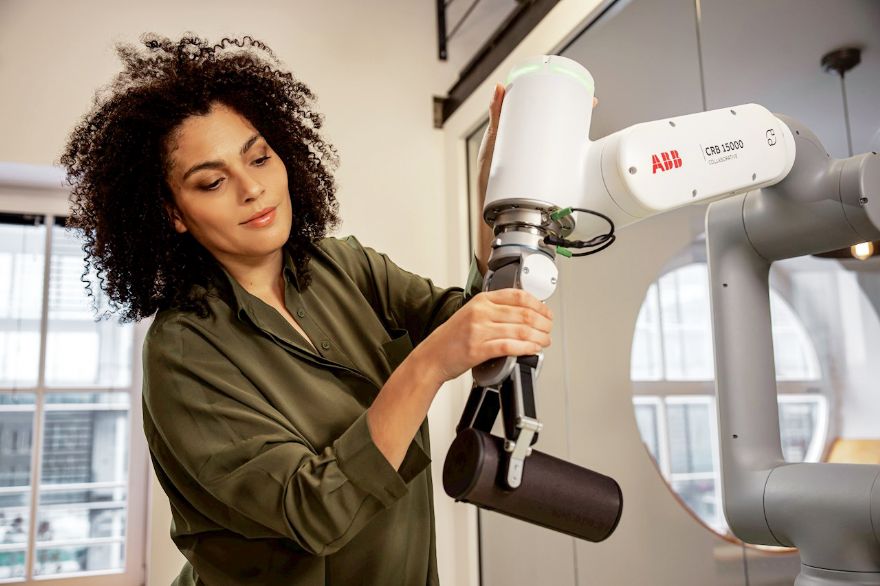
With demand for robots growing, as companies in many industry sectors look for new ways to enhance their productivity and competitiveness post-pandemic,
ABB has compiled a set of growth predictions that look at key trends driving demand for robots in the coming year.
Marc Segura, ABB’s newly appointed Robotics Division president, said: “The pandemic accelerated far-reaching global mega trends, from labour shortages and supply chain uncertainty, to growing pressure to operate sustainably and resiliently — leading new businesses to look to robotic automation.
“As technology opens new opportunities for meeting customer demands, new trends will continue to emerge that will further drive demand in areas where robots have traditionally not been used.”
Based on customer conversations, market research and a global survey of 250 companies, ABB has identified three key trends that will shape the demand for robots in 2022. The first is the EV (electric vehicle) revolution, which is bringing wholesale changes for automotive manufacturing.
Mr Segura said: “EV is not about a change only in the powertrain, but a larger transformation to a digitalised car. This transition will also see the growing uptake of robots in combination with other technologies, including autonomous mobile robots (AMRs).
“This will enable manufacturers to optimise the delivery of components across facilities and enable integrated scalable, modular production cells — methods traditionally associated with e-commerce and consumer goods, but now required in automotive to ensure the necessary flexibility to meet varying levels of demand. Another major shift will see battery manufacturing brought closer to vehicle assembly, which in most cases requires all-new facilities.”
The second trend relates to consumer behaviour, ‘omnichannel retailing’, and adapting production lines and distribution processes to enable personalisation of both products and delivery. “This trend will see the growth of lighter, smaller robotic applications, enabling the expansion of automation into new areas of warehousing and distribution operations.”
Enhanced flexibility, speed and efficiencyHe continued: “As Artificial Intelligence (AI) in robotics matures and learning robots become mainstream, expect to see these technologies deployed alongside AMR technologies, orchestrated and managed by intelligent software to provide enhanced flexibility, speed and efficiency.
“The third trend will see more robots appear in more places — and workers needing new skills. Smaller, more affordable, and easy-to-use robots — such as ABB’s YuMi, GoFa and SWIFTI cobots, are helping to remove many of the barriers previously preventing companies from investing in robots.
“This is seeing an acceleration of robots in general industry and small and medium-size enterprises as companies seek new ways to automate different tasks. As we look beyond 2022, we see an ever-greater emphasis on connectivity and data acquisition as key enablers of future manufacturing. Data collected from intelligently automated processes will be analysed by producers to make more informed decisions.
Mr Segura concluded: “At the same time, more advanced and responsive simulation and programming software tools, such as those in ABB’s RobotStudio, will cover the entire life cycle of robotic applications — from commissioning to on-stream productivity — using AR and VR tools to simplify automation for customers.
“While automation has always been about productivity and quality, the shifts we are witnessing today mean that flexibility and simplicity are key to success. Today, flexibility is essential; it is a strategic need, essential across the entire value chain — from manufacturing and logistics through to the point of consumption. Robotic automation is a vital enabler of this flexibility.”